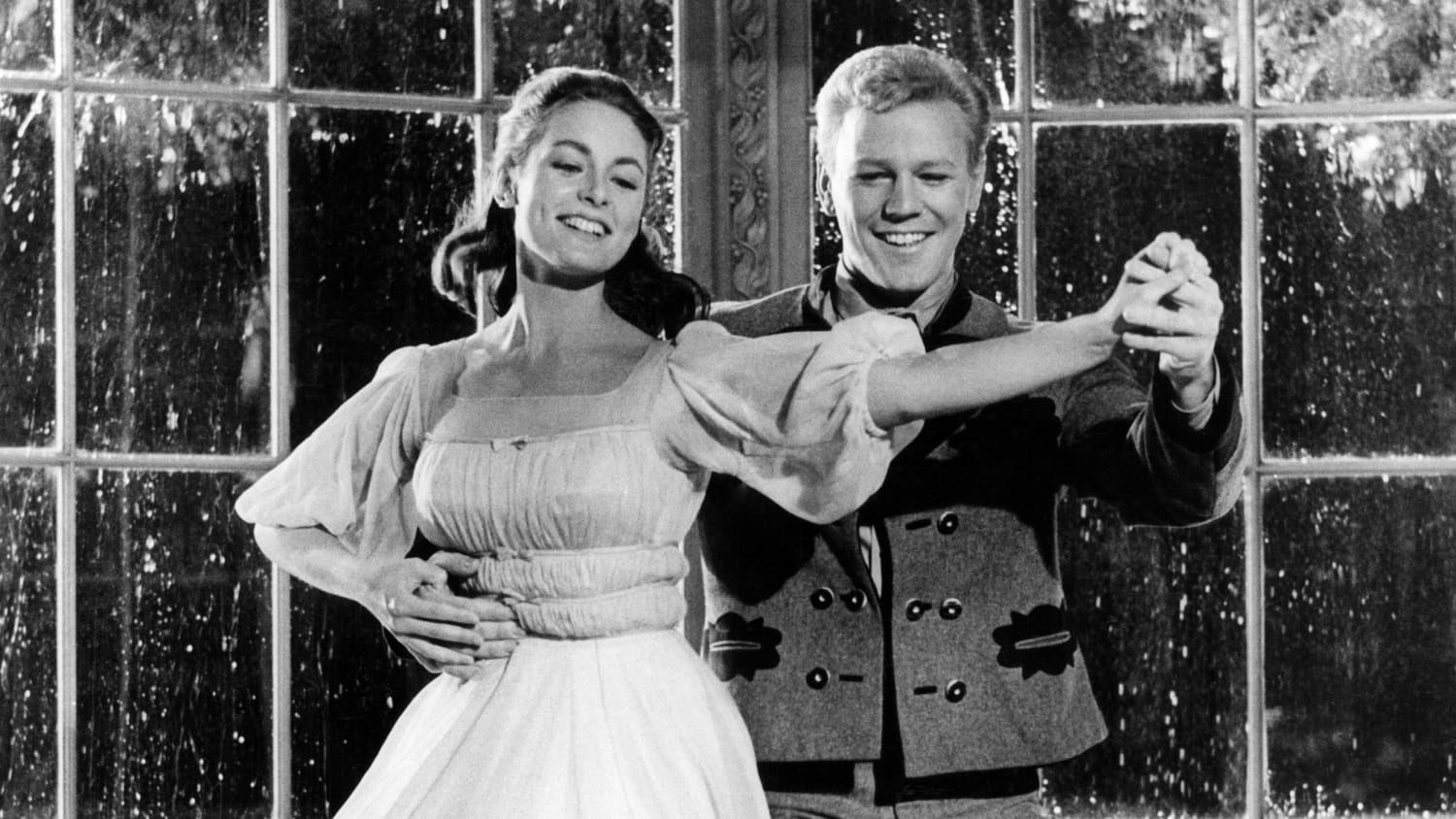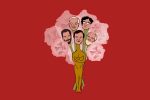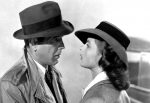It’s not uncommon knowledge that the values and perceptions of the past are very different from today. When my grandparents were born, women were expected to become diligent housewives and African-Americans were mostly considered to be second-class citizens. Of course, that way of thinking is outdated. Since the invention of motion pictures, directors and writers have used the medium to portray what’s acceptable by society. Many modern people adore classic films, including me. However, some movies under the genre contain material that would offend thousands if the films were newly released in theaters today.
This idea struck me during my sophomore year while attending a Humanities class; the professor showed us the 1950s version of “Invasion of the Body Snatchers,” and held a class discussion afterwards. She went around the room and asked each of us whether or not we liked the movie. Dazzled by the glamour of the silver screen and my love for all things retro, I said that I liked it. Several of my classmates, who were mostly female, said they didn’t because of the way the leading woman, Becky, was portrayed. Throughout the film, she conforms to the stereotype commonly applied to women in the ‘50s—being weaker and subordinate to her male costar so that he’s seen as the hero.
On the parenting website Common Sense Media, Betsy Bozdech compiled a list of classic movies that she deems dangerous for her daughter because of the sexist messages they’re potentially sending and advises parents to have discussions with their children about them. In my opinion, the reasons provided for each film are quite nit picky. Every movie that made it onto the list was put there because it merely suggested a stereotypical gender role, such as Gaston’s manliness in “Beauty and the Beast,” but Gaston’s adherence to what’s expected of a man and the fact that Belle doesn’t like him for it is one of the main points of the movie.
I’d like to examine the gender stereotypes in one of my favorite classic films, “The Sound of Music.” One of the main storylines is the romance, then the lack of it, between Liesl and Rolfe. During the “Sixteen Going on Seventeen” number, the pair basically say that since Liesl is a young girl, she’s naïve and doesn’t know anything about the adult world. But no worries, because Rolfe is there to protect her since he’s a male a whole year older than her. On the one hand, Liesl has her head in the clouds over a boy, but on the other hand, it can be argued that she later on learns that she doesn’t need one to be happy with him (especially if he turns out to be a Nazi). That’s the beauty of films. They’re meant to be interpreted in many ways and are rarely black and white when it comes to the message they’re sending.

Now, racism is a slightly different issue and harder to argue against. Sadly, older Disney cartoons are guilty of promoting racist stereotypes, as listed by Hope Schreiber on Complex. Some of the toons she labeled as racist are a bit farfetched, such as calling “The Little Mermaid” racist because there’s briefly a black fish in “Under the Sea.” However, the earliest cartoons from the ‘30s and ‘40s frequently feature blackface and African stereotypes. Also, Disney created propaganda films that labeled Germans as entirely Nazi. Unlike feminist roles, there’s no deeper message that these films portray other than what’s on the surface.
As for the later Disney cartoons addressed on the list, “The Little Mermaid” and “Aladdin” in particular, there could be an argument against whether or not they portray racist stereotypes. In the former film, Sebastian has a Caribbean accent, which Schreiber thought was racist. True, his accent is stereotypical, but I also feel that it’s Disney’s attempt at adding cultural diversity to their films which, if that’s the case, is pretty liberal for the time of its release in 1989. My opinion may be unpopular or controversial, but the little crab is a beloved Disney character who doesn’t put Caribbean people in a negative light.
“Aladdin” received some heat for a line in the opening song: “Where they cut off your ear if they don’t like your face.” Fortunately, Disney changed the lyric in re-releases. Also, the film was blamed for whitewashing their characters; Jafar is supposedly the one who’s most Arab while the other characters are basically white. However, the slightly lighter skin of the other characters is barely noticeable and therefore, I believe it is not enough to be called racist or unenjoyable.
Branching away from Disney, Mickey Rooney’s yellow-face performance in “Breakfast at Tiffany’s” has received some backlash from current viewers. This is where it gets more complicated because the film has a cult following, yet there’s a blatantly racist character in it. The film gets away from it by using the fact that Rooney’s character is a minor one and that the leading lady is Audrey Hepburn, an adored actress. If someone says that they like the movie, they won’t get frowned upon because of it. People who enjoy the film do so despite the racist Asian stereotype, so that’s pretty much the loophole. The reasons why I like it is because of Hepburn’s poise and performance as Holly Golightly, not because of her Asian landlord.
For a classic film to be enjoyed today (despite its questionable content), there has to be a line drawn that it cannot cross, which is that it’s not discriminatory against women or minority groups. It’s even better if it features a stereotype that can prompt deep discussions about the themes of the film. Films are time capsules into past eras and should inspire conversations about what we can do to better portray people in new movies that directors make.

















